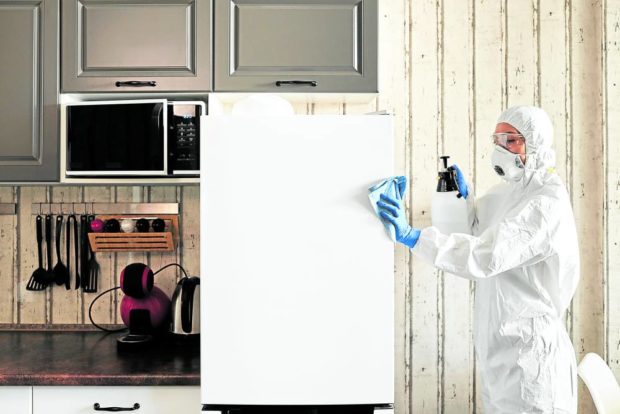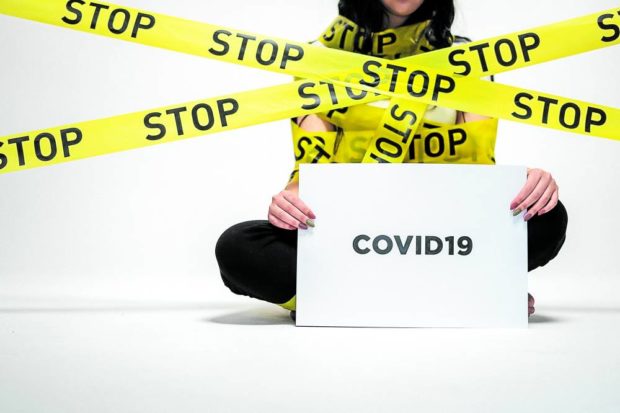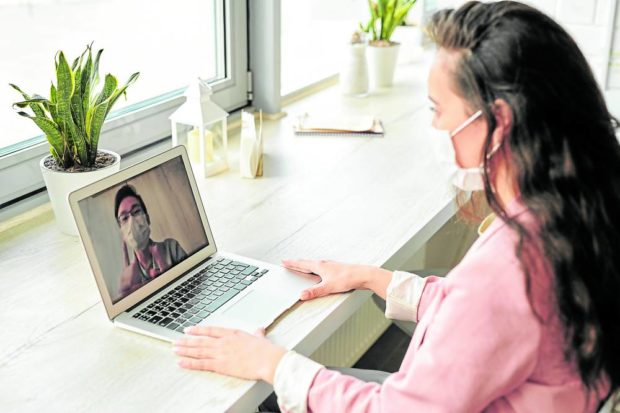Omicron and your home
Omicron, the latest COVID-19 variant, appears to be spreading faster than any known variant of the virus. It has resulted in record high numbers of daily positive cases in the Philippines, especially in the aftermath of the holidays.
Thankfully, there are ways we can help protect ourselves from this new menace at home. Here are some measures that can help keep our defenses up amid the continued fight against COVID-19.
Complete your vaccination shots
Before Christmas, the number of positive cases was already dwindling in our country. This could likely be attributed to the COVID-19 vaccination drive last year. It is imperative that as many people as possible be vaccinated against the virus for the positive cases to start going down again.
In addition, a third vaccine dose is now recommended for everyone aged 18 years old and above. Filipinos can get a booster dose a minimum of three months after completing the first two doses.
Wear effective masks in indoor spaces
Internationally, there is an ongoing debate regarding the effectivity of double masking or improved efficiency of certain face masks.
A scientific study has shown that both surgical masks and N95 respirators block particle emissions by up to 90 percent when speaking and 74 percent when coughing (Sima Asadi, 2020). These facial coverings remain the preferred modes of protection against the virus. It is essential that these masks are well-fitted and worn properly, able to cover the nose and mouth.
Reduce visitors to your home
Due to the highly contagious nature of Omicron, it’s better to steer clear of other people for the time being. Reduce exposure by avoiding having visitors over or attending gatherings. It’s best to forego unnecessary trips outdoors.
According to the Department of Health (DOH), people who are positive for COVID-19 should isolate for a minimum of seven days from the time of testing if they are asymptomatic or if they have mild symptoms. For partially vaccinated or unvaccinated individuals, the isolation period is 10 days after the time of testing.
Moderate cases are required to isolate for 10 days while severe cases are required to isolate for 21 days regardless of vaccination status.
Separate sleeping and bathing areas
If you find yourself battling the disease, it’s best to isolate from others if you happen to live with other people at home. If possible, designate a bathroom and bedroom for the exclusive use of the sick.
Continue to wash your hands whenever you come into contact with other people or with frequently touched surfaces. Use your own utensils, dinnerware, towels and other toiletries.
Seek medical help virtually
Unless your symptoms are severe, you don’t need to head to a hospital to prevent further spreading the virus. Instead, opt for virtual consultations with medical professionals to determine your best course of action.
Improve ventilation at home
Experts agree that good air circulation helps keep the spread of pathogens in your home at bay. Improve ventilation indoors by opening windows and doors, turning on exhaust fans, and even using high-efficiency particulate absorbing (HEPA) filters.
Creating cross ventilation is the most ideal scenario according to the World Health Organization (WHO). This can be done by opening doors and windows opposite each other. If this is not possible, increase ventilation by putting electric fans in front of the openings to improve air circulation. According to WHO, it is advisable to let in some fresh air for a few minutes every hour to enclosed, airconditioned spaces. Airconditioning and heating systems should be cleaned regularly.
The takeaway
Despite the alarming rise of positive COVID-19 cases in the country, you can still protect yourself by following minimum safety protocols. New scientific findings equip us with more accurate information to guard ourselves against the disease. It remains up to us, however, to implement good habits to ensure our and others’ safety in the ongoing war against COVID-19.
Sources:
Edward Jenner, cottonbro, Martin Lopez, Matilda Wormwood via Pexels.com; Who.int; Nationalgeographic.com; Thesociety.ca; Cdc.gov; Sima Asadi, C. D. (2020). Efficacy of masks and face coverings in controlling outward aerosol particle emission from expiratory activities. Scientific Reports.























